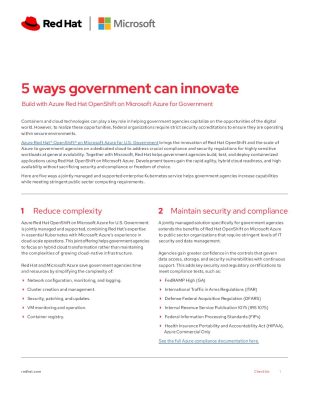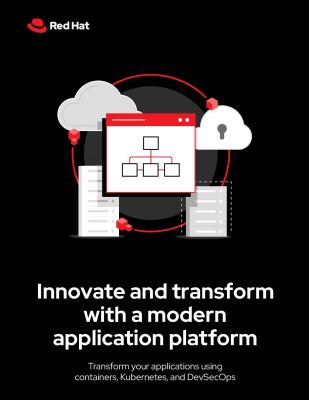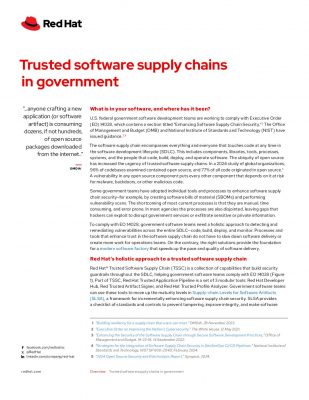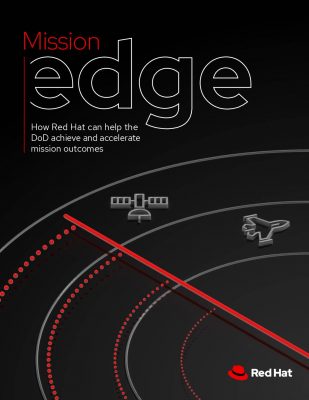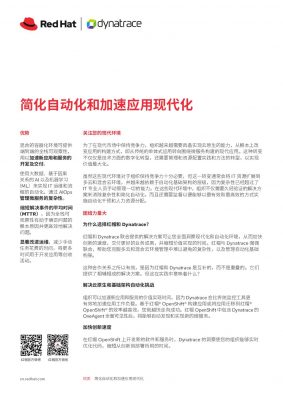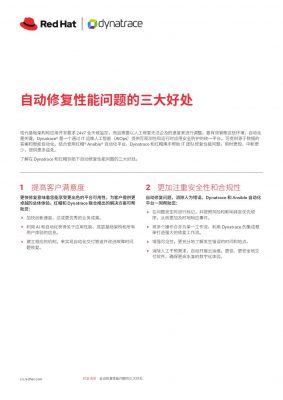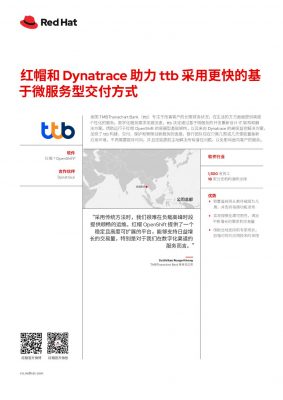Highlights –
- Stripe aims to help firms synthesize all their payments and financial data in their existing warehouses with its new Data Pipeline.
- All Stripe customers in the US, who are also customers of Amazon Redshift or Snowflake’s Data Cloud, can use Data Pipeline.
Stripe, a payments processing leader valued at USD 95 billion, announced the launch of a new product, Stripe Data Pipeline, that has been developed to help users synchronize their financial data with Amazon Redshift and Snowflake.
With the world becoming more software-centric, firms, irrespective of size, have an arsenal of data in possession that’s usually spread across myriad silos – from customer support tools and CRM applications to marketing and, in the case of Stripe, payments. It’s easy to access all this data in their silos, but it’s a different ball game to gain deep insights by combining and querying different data sets in a centralized data warehouse.
Stripe’s new product can supplant current mechanisms used by companies to transport Stripe data into data warehouses, such as having to build an API integration in-house. This process takes time and calls for many engineering dollars. Still, the inherent latency may hinder timely data access.
“Building an API integration from scratch requires multiple months and hundreds of thousands of dollars,” Stripe’s product lead Vladi Shunturov explained to VentureBeat. “Engineers also need to consistently monitor and update their homegrown solutions to support transaction updates, new datasets, schema changes and more. Stripe Data Pipeline can be set up within a few clicks and takes on all ongoing operational work.”
What’s noteworthy is that firms can use data integration platforms such as Airbyte that offer pre-built connectors to transform and transfer data from Stripe into Snowflake and Redshift. However, such ETL (extract, transform, load) integration tools may deliver “incomplete results” as they are not compliant with the entire gamut of Stripe data.
Indeed, ETL pipelines pull data from Stripe’s core REST API. On the other hand, Stripe Data Pipeline delivers unfettered access to Stripe data, such as that available via its reporting API, which delivers a host of “business-ready metrics,” according to Shunturov.
This comprises data related to Interchange Cost Plus (IC ) fees, which deal with transactions and Stripe balance changes. It also means that it would be possible for firms to access out-of-the-box revenue and financial reports — straight from their data warehouse.
“This significantly reduces the amount of work our users need to do to transform their account and transaction data into meaningful reports, metrics and insights,” Shunturov said.
Stripe aims to help firms synthesize all their payments and financial data in their existing warehouses with its new Data Pipeline. This can allow them to derive key business insights with lesser roadblocks. Any team member can use this functionality. For example, a security and fraud unit at a food delivery platform will be able to integrate Stripe data with other business data to gauge which restaurants may be most susceptible to fraud.
Stripe says that businesses such as Zoom, Lime and HubSpot are already using Data Pipeline even before the solution was launched today. Possibility is also that Stripe may extend support to other data warehouses, such as Databricks or BigQuery, though it has not confirmed such plans.
“We’re actively looking at ways to enhance our product offering, but we don’t have any specific plans to share at this time,” Shunturov said
All Stripe customers in the US, who are also customers of Amazon Redshift or Snowflake’s Data Cloud, can use Data Pipeline.



